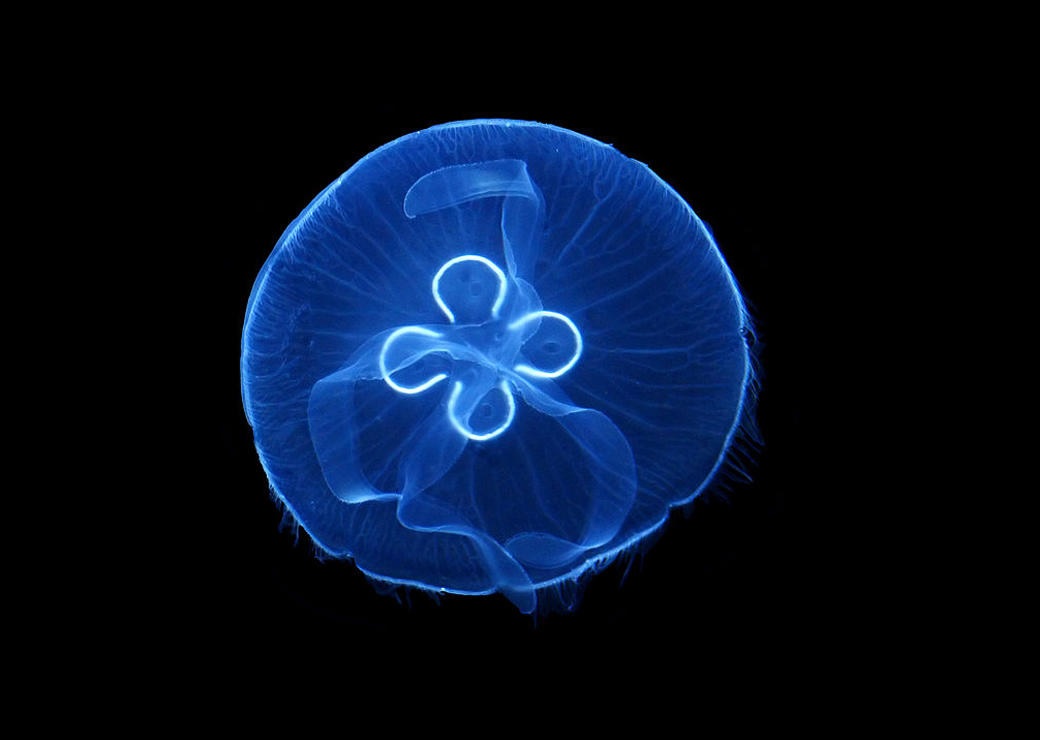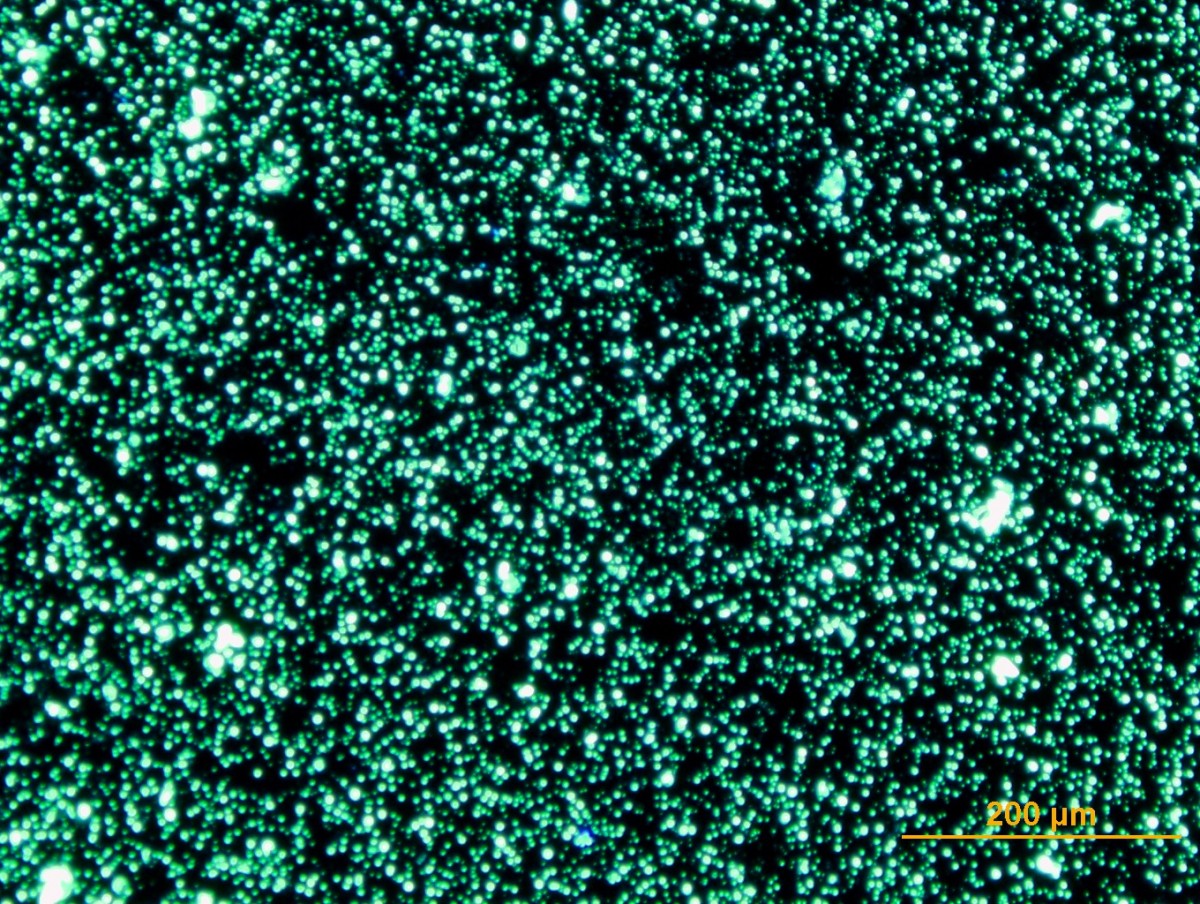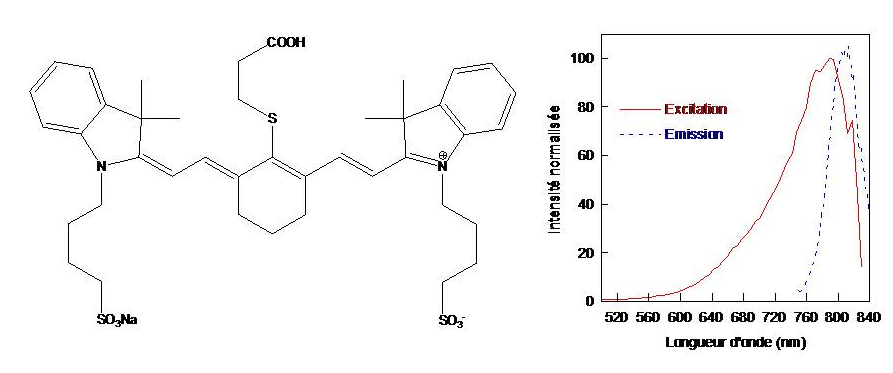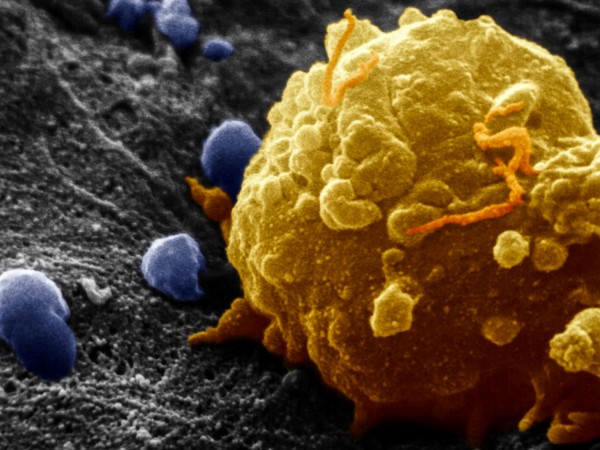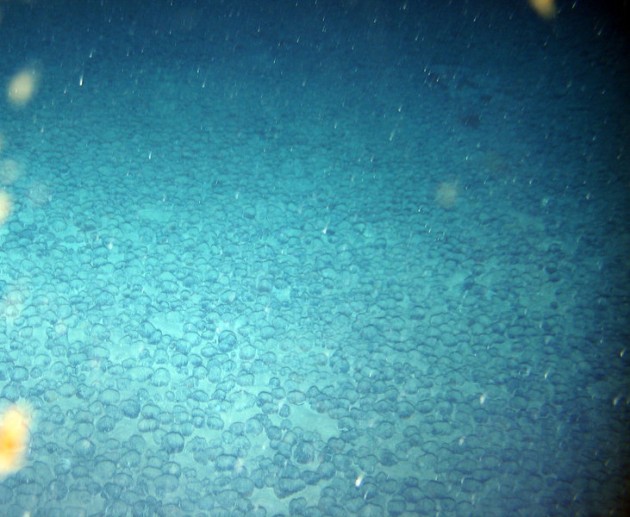Jellyfish that enable the decontamination of nanoparticles
Whether artificial or natural, nanoparticles are increasingly used in everyday life (in electronics, paints, cosmetics, pharmaceuticals, and in information technology). But pollution issues can arise, particularly in water in which nanometer-sized particles may become micropollutants and endocrine disruptors for aquatic fauna. And until now, there was no decontamination system for this environment.
Researchers from the ChemBioMed* team at the Inserm (French Institute of Health and Medical Research)ARN (Artificial and Natural Regulation) laboratory, along with biologists from the IMBE (Mediterranean Institute of Marine and Terrestrial Biodiversity and Ecology), have created an artificial supramolecular hydrogel capable of trapping nanoparticles. A gel is a material consisting of a liquid (water in this case) trapped in a molecular network that makes it solid (examples of this include gelatin, contact lenses, etc.). The nanostructure of this gel can trap gold and titanium particles less than 50 nanometers in diameter. This study, financed by the ANR (French National Research Agency) has just been the subject of a publication in the review Chemical Communications (ChemCom), the filing of a patent, and a paper presented at an international conference in Madrid.
Bioaccumulation in the slime
Philippe Barthélémy, a professor at the University of Bordeaux who is the team director, explained that the problem with this material is its price. Scientists have continued their studies in order to find a more natural material. It was Alain Thiéry, a professor at the IMBE, along with his colleague Fabien Lombard, a researcher at the Villefranche-sur-Mer Marine Research Station, who thought of jellyfish as they had noted their nanoparticle bioaccumulating properties. Studying them more closely, the researchers discovered that it was the slime secreted by the jellyfish when they are stressed, during reproduction and even at the time of their death, that was able to trap nanoparticles with quite surprising results.
This research is interesting in ecological terms for two reasons: both when it comes to reducing the toxic and environmental impact of the nanoparticles and in combating an increase in the numbers of jellyfish by using them for this purpose. But it is not all that simple; the slime is quite fragile, is difficult to freeze and defrost, and is therefore difficult to store. Consequently, at the moment it is not yet usable on a large-scale basis and studies are continuing.
* Chemistry of molecular and supramolecular systems for biomedical purposes
Reference:
Decontamination of nanoparticles from aqueous samples using supramolecular gels
Amit Patwa, Jérôme Labille, Jean-Yves Bottero, Alain Thiéry and Philippe Barthélémy
Chem. Commun., 2015, 51, 2547-2550
Source
http://www.u-bordeaux.com/News/Jellyfish-that-enable-the-decontamination-of-nanoparticles

